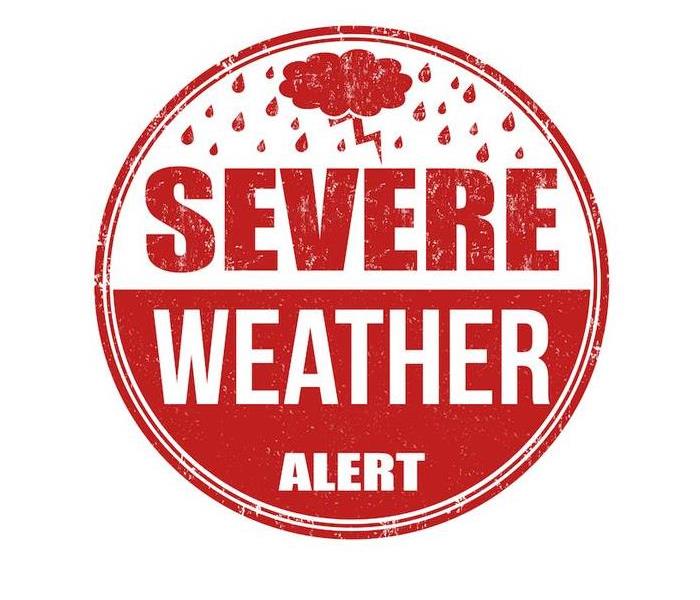What You Should Know About Weather Alerts and How to Secure Your Home | SERVPRO® of Houston County
7/12/2022 (Permalink)
There are around 42 different types of weather alerts, divided into seven different groups. These warnings are issued when conditions such as heavy rain or thunderstorms are forecast in our area. When a severe storm is brewing, all this information can get pretty confusing!
Knowing what the various types of weather alerts mean for your unique location can help you prepare yourself and your family for any crisis. You can also take action to prepare your home before severe weather strikes to best protect your property.
While it is helpful to be aware of all weather conditions, it’s critical to be aware of the weather patterns that can have the most impact on our community here in Houston County.
So, how do forecasters go about issuing these weather warnings? How is the magnitude and position of a storm monitored when weather forecasts are simply predictions? There are variables that determine the delivery of these warnings.
The National Weather Service is responsible for weather forecasting and providing weather warnings as these conditions develop. These warnings are issued by six regional offices nationwide, allowing for more location-specific alerts. The alerts you receive in Warner Robins are sent out from the Southern Region headquarters in Fort Worth, Texas, along with sub-offices here locally.
To make forecasts, NWS meteorologists and other specialists use a variety of data sources, including satellite radar, weather balloons, seismic activity meters and even solar activity. This information will depend on the intensity of the weather event, but the goal is to make the most accurate and detailed forecast possible.
Understanding the distinction between a “watch” and a “warning” is essential for interpreting these alerts. You’ll see these words used in almost all weather alerts, including thunderstorms, winter storms and flooding.
A watch means you should stay tuned for developing weather conditions and begin preparing for the hazards of a severe storm. Watches are often issued in a larger area, while a warning is issued in a limited area that may only cover a county or city.
A warning means a severe storm is approaching and you prepare immediately for these dangerous conditions.
It’s also important to know what weather conditions you can expect in your local district, so when you receive these alerts, you’ll know what actions to take to prepare you and your home. Here in Georgia, we see a wide span of weather conditions throughout the year, including inclement winter weather, flooding, thunderstorms, heavy rain and even tornadoes.
While monitoring weather alerts is the safest approach to defending your property and life during severe weather, there are a few other things you can do around the house to reduce the risk of damage.
Clearing your gutters and fastening any outdoor items are ways to prevent flood damage and wind damage before a storm touches down in your area.
Create a safe space with supplies and have an emergency exit plan for your family. Locate a secure place to shelter filled with essentials and, in the event of an evacuation, know where you and your family will need to relocate.
If a storm leaves your home with damage to be repaired, give SERVPRO a call. We are available 24⁄7 and can quickly be on the scene to restore as much of your home as possible.
Staying weather aware could be life-saving in the midst of severe weather conditions. Understand the many warnings that may be issued in your area and what they may imply for your and your family’s safety.
Experienced storm damage to your home or property? Contact us today for a quick response!



 24/7 Emergency Service
24/7 Emergency Service
